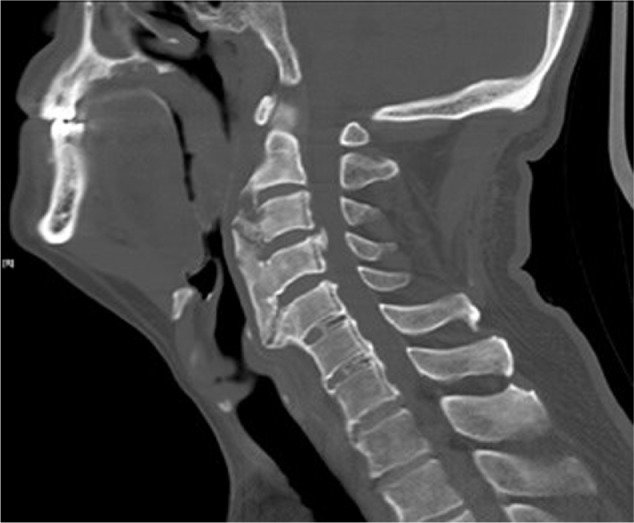
Physician Blog by Edward J. Bieber, MD
Shoulder Pain – Cervical Spine
There is a great deal of overlap between shoulder and neck (cervical spine) pathology. Frequently, patients present with pain over their scapula (wing bone) or muscles above the shoulder and presume that they are having a problem with their shoulder when it is actually their neck. It is always important to examine the neck when a patient thinks they have shoulder pain and examine the shoulder when they think they have neck pain. It is important to remember that patients often have a combination of shoulder and cervical spine pathology, so that a careful evaluation by an experienced orthopedic surgeon is essential to clarify the issues and the treatment options.
To differentiate between these problems, patients are asked to point to where they feel the discomfort. As a rule (though not absolute), pain over the upper arm is emanating from the shoulder. Pain over the scapula or the muscles above the shoulder is emanating from the cervical spine. The other way to differentiate between the two is that shoulder pain is most frequently associated with motion while cervical spine pain can often be even at rest. Shoulder pain rarely goes down the arm past the elbow while cervical spine pain can extend all the way to the fingers.
The pain of the cervical spine can be muscular, arthritic or due to nerve compression. Pain due to arthritis or muscular strain is primarily in the neck and the surrounding muscles while nerve compression pain can extend down the arm to the fingers. The neck pain can be due to trauma or degenerative. The discs (shock absorbers between the cervical spine bones) can be injured or wear out, leading to arthritis or nerve compression. As we mature the discs degenerate, the foramina (openings between the bones) where the nerves leave the spine become smaller and the nerves can be compressed (radiculopathy) leading to pain down the arms. The disc degeneration can also lead to arthritis and localized neck pain.
The diagnosis to differentiate neck from shoulder pain is made by a combination of physical exam, x-rays, MRI and nerve conduction studies. Once the diagnosis is made, treatment options including medication, cervical collar, and physical therapy are initiated. If these modalities are not successful, then consideration of injections and surgical intervention would be made by a spine specialist.
For more information or treatment, please make an appointment.
– Edward Bieber, M.D.
Dr. Edward Bieber of OrthoBethesda is the area’s most experienced total shoulder surgeon.
He has been performing anatomic total shoulders since 1986 and reverse total shoulders since 2007. He employs an integrated program of state of the art surgery with the OrthoBethesda physical therapy team to achieve superior results with both types of shoulder replacements. He has extensive experience with computer assisted directional devices and custom made devices for patients with significant bone deformity. Read more here and make an appointment with Dr. Bieber today.

Related Content
- Can a Rotator Cuff Tear Heal Without Surgery?
- Can You Drive After a Rotator Cuff Repair?
- Complete vs. Partial Rotator Cuff Tears
- Rotator Cuff Disorders: The Facts
- The Difference Between Rotator Cuff Tears and Shoulder Tendonitis
- Types of Rotator Cuff Tears
- When Not to Have Rotator Cuff Surgery
- Shoulder Pain – Frozen Shoulder
- How to Avoid Shoulder Pain While Playing Golf
- Why Sleeping on Your Side Is Killing Your Shoulder
- The Ultimate Guide for Shoulder Recovery Surgery
- Does a Broken Shoulder Need Surgery?
- How Dr. Craig Miller Uses New Technology to Improve Shoulder Surgery
- Shoulder Arthritis and Shoulder Replacement
- How to Sleep After Shoulder Surgery
